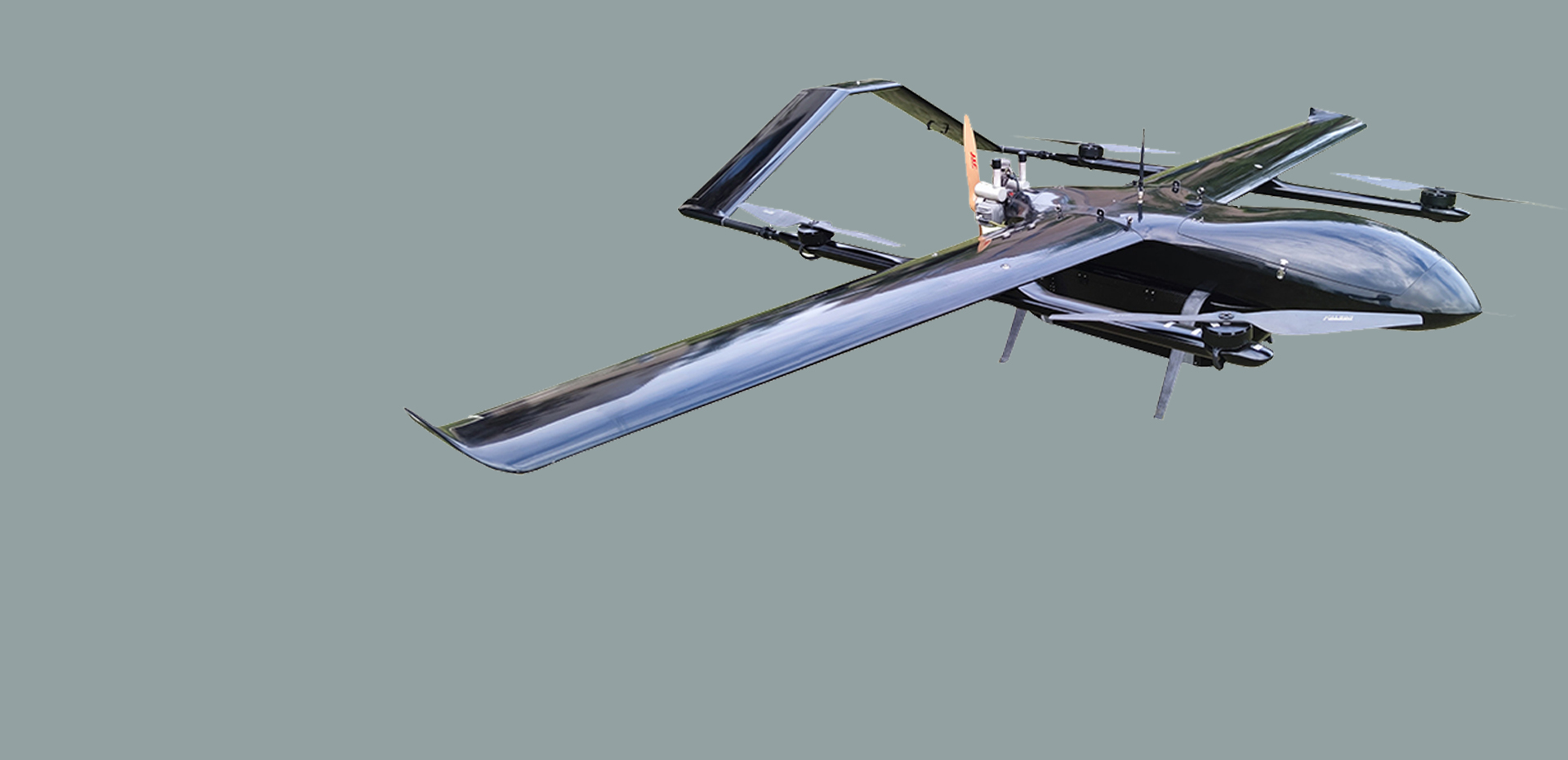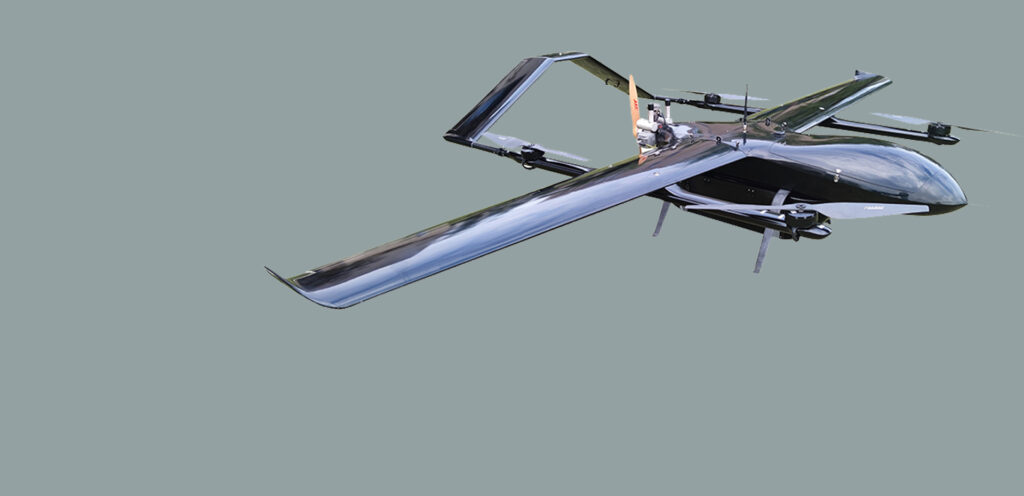Previous post
What are including in a drone ground station that are used to control and communicate with the drone during its flight operations?


Delivery drones, also known as unmanned aerial vehicles (UAVs), have gained significant attention in recent years due to their potential to revolutionize the delivery industry. Here are some pros and cons of using delivery drones:
Pros:
Faster delivery: Drones can navigate through traffic and reach their destinations faster than traditional delivery methods, especially in congested urban areas. This can significantly reduce delivery times, making it ideal for urgent or time-sensitive deliveries.
Cost-effective: Delivery drones have the potential to lower operational costs for businesses. They require less manpower compared to traditional delivery methods, eliminating the need for drivers and reducing fuel expenses.
Reduced carbon footprint: Drones run on electricity, making them an environmentally friendly option compared to vehicles that use fossil fuels. By reducing the number of delivery vehicles on the road, drones can help decrease air pollution and greenhouse gas emissions.
Accessibility: Delivery drones can reach remote or inaccessible areas that are challenging for traditional delivery services. This can be particularly beneficial in rural or disaster-stricken areas where infrastructure may be limited.
Cons:
Limited payload capacity: Most delivery drones have weight and size restrictions, limiting the amount of cargo they can carry. This makes them unsuitable for large or bulky deliveries. Current drone models are primarily designed for lightweight and small packages.
Weather conditions: Adverse weather conditions, such as strong winds, heavy rain, or snow, can significantly impact drone operations. It may be unsafe or impossible for drones to fly during such conditions, which can lead to delivery delays or cancellations.
Airspace congestion and regulations: As the number of delivery drones increases, airspace congestion becomes a concern. Strict regulations are necessary to ensure safe and controlled drone operations. Implementing and enforcing these regulations may pose challenges and require significant coordination.
Limited range and battery life: Delivery drones typically have a limited range and flight time due to battery constraints. This restricts their operational radius and requires frequent recharging or battery swaps. Increasing the range and battery life of drones is an ongoing technological challenge.
Security and privacy concerns: Delivery drones fly over private properties, raising concerns about privacy and security. Unauthorized access to drone technology, potential hacking, and the risk of drones being used for illegal activities are concerns that need to be addressed.
It’s worth noting that drone technology is rapidly evolving, and some of these limitations may be addressed or mitigated in the future through technological advancements and regulatory frameworks.

